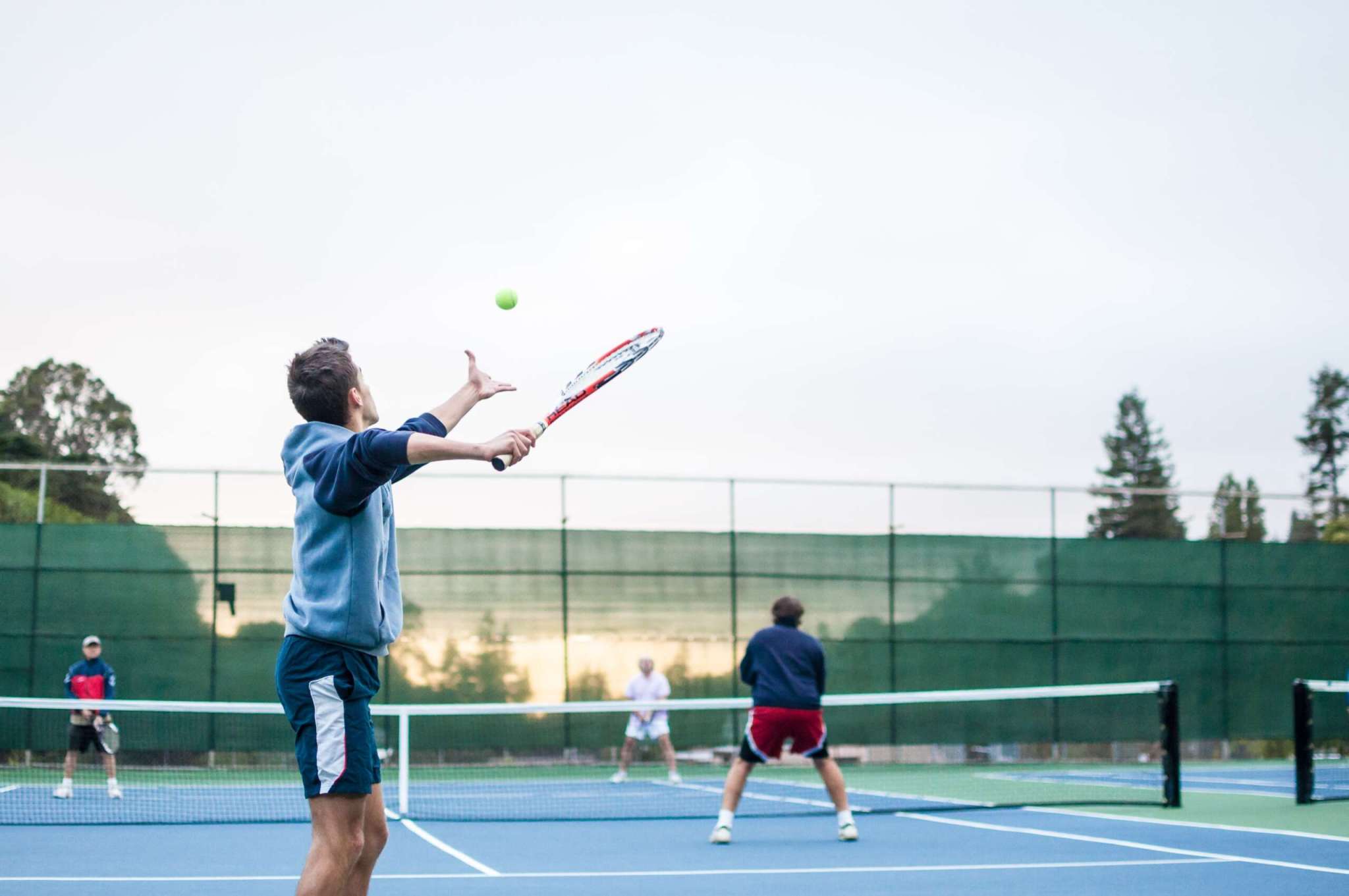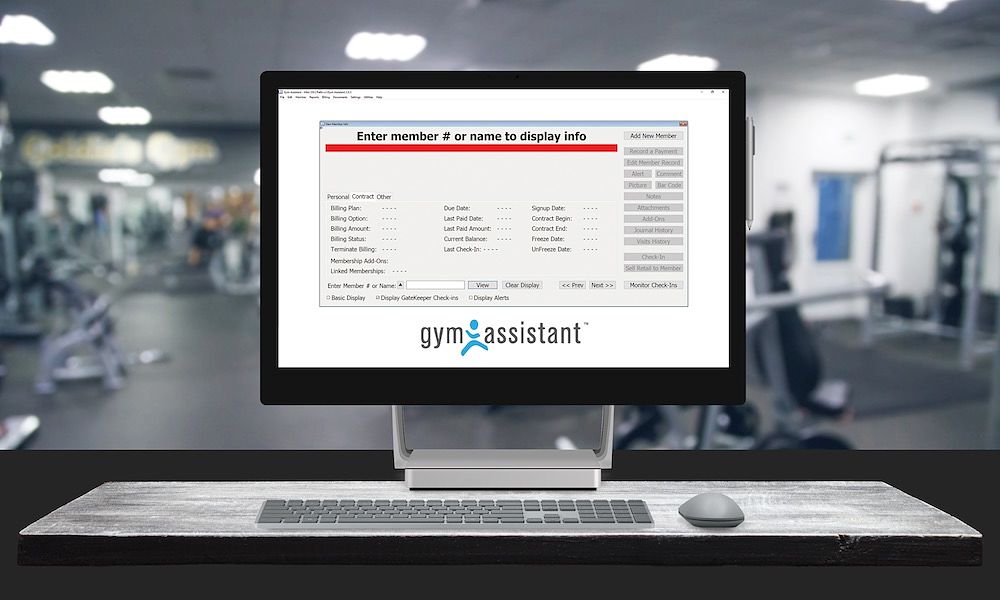Access Control for Tennis Courts and Other Sporting Facilities
Sporting facilities are no longer just places to play games or train, they have evolved into something much more. As public spaces, they are required to adhere to stringent safety regulations and security protocols, which is why access control has become a critical element in operations. With the increasing incidents of violence, theft, and vandalism, it has become essential to restrict access to certain areas within the facility. Access control systems play a crucial role in preventing unauthorized access and keeping people safe. The protection of the athletes, staff, and spectators should be a top priority for any sporting facility, and access control technology delivers the highest level of protection. Effective access control systems are the best way to ensure that only those who are authorized can enter the facility, while at the same time monitoring and recording who is coming and going. By implementing this critical technology, sporting facilities can ensure that everyone can enjoy the game without worrying about safety and security.

Types of Access Control Systems
Manual Systems
Access control systems are critical components of security measures, and there are different types of access control systems depending on your needs. Manual systems are the traditional lock-and-key security method that we all know; they have been used for centuries to secure homes and businesses. However, these manual systems are limited in their capabilities. For example, if an employee leaves the company, a new key must be made or the lock must be changed, and there is no way to know if a key has been lost or stolen. These limitations are driving the development of electronic access control systems, which are increasingly becoming the primary access control method in both residential and commercial settings.
Automated Systems
Access control systems have evolved, making it easier to enhance security in various settings. Automated systems, in particular, have proven to be very effective in controlling who gets access to certain areas within a building or facility. These systems are equipped with advanced features such as card readers, fob readers, biometrics, and smart phone access, among others. With card readers, one can access different areas in a building using a card that is usually programmed to a specific level of clearance. Biometric systems, on the other hand, use unique body features like fingerprints or facial recognition to authenticate individuals. Finally, mobile access allows users to use their smartphones or tablets to gain access. Overall, these automated access control systems have revolutionized security measures, making them more sophisticated and keeping intruders at bay.
Implementing Access Control in Tennis Courts
Access control in tennis courts presents a unique set of challenges. First and foremost, maintaining the security of the court while also allowing for easy access can be difficult. Furthermore, there may also be limited resources available for implementing access control measures, such as budget constraints or lack of technology infrastructure. Additionally, controlling access to tennis courts may require coordination with other stakeholders, such as the tennis facility management or local government regulations. Despite these challenges, implementing access control measures can help ensure the safety of players and maintain the integrity of the court. With careful considerations and planning, access control in tennis courts can be successfully implemented to enhance the overall tennis experience for players and spectators alike.

Implementing Access Control in Other Sporting Facilities
As more sporting facilities begin to prioritize security, implementing access control measures has become increasingly important. While access control can vary depending on the type of facility, there are some similarities across the board. For example, all facilities require some level of identification to ensure only authorized individuals are entering. However, the specific types of identification may differ from a swipe card at a gym to facial recognition at a basketball court. Swimming pools may require unique measures, such as waterproof access cards, while hockey rinks may need to consider how to restrict access to certain areas during games. Overall, effective access control starts with identifying the unique needs and risks of each facility and designing systems accordingly.
Choosing the Right Access Control System
The safety and security of a facility is paramount, and choosing the right access control system is one of the most important decisions that a business owner or manager can make. With a wide range of options available, it can be overwhelming to determine which system will best meet your needs. Factors such as cost, the size of the facility, and the level of security required must all be taken into consideration to ensure that the system chosen is both effective and efficient. Whether you are looking to protect a sporting complex, a small office or a large manufacturing plant, the right access control system can provide the peace of mind that comes with knowing that your business and its occupants are safe and secure.


